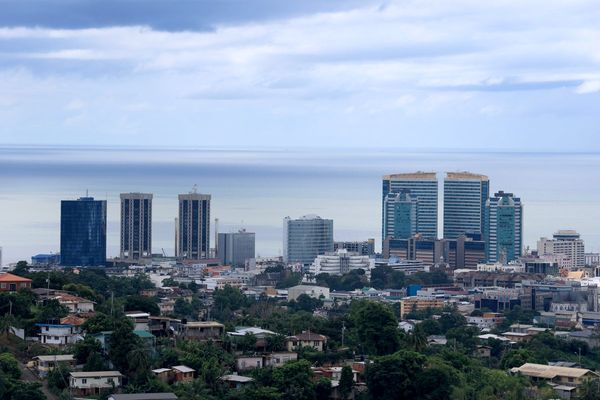Knife crime in London has surged by nearly 60 per cent in the past three years, new analysis has revealed.
The West End is the capital’s knife crime hotspot, accounting for one in every 15 knife attacks in London, the report from the Policy Exchange think tank said.
The research found that in 2024, one small area of around 20 streets in London’s West End near Oxford Circus and Regent Street had more knife crime than nearly 15 per cent of the rest capital combined.
Across the UK, knife crime recorded by the police decreased by 1 per cent in the year ending March 2025 to 53,047 offences, compared to the previous year, which saw 53,685 offences.
The Metropolitan Police, which is the force for most of London, accounted for 31 per cent of all knife crime across England and Wales in 2024.
There were 108 knife crime offences in the highest hotspot in the West End, which was more than the 716 “safest” areas combined.
This area includes Oxford Circus and parts of New Bond Street, Oxford Street, Regent Street and Piccadilly Circus.
These areas, known as Lower-layer Super Output Areas (LSOAs), are geographical areas which comprise of comprise a resident population of between 1,000 and 3,000 people.
The top 200 LSOAs for knife crime within London reported 3,615 knife crimes in 2024, according to Policy Exchange.
The report recommended that the Met Police should introduce a “zero tolerance” approach in the top 20 knife crime hotspots. Officers in these areas would conduct “very high volumes” of stop and searches, it suggested.
It also recommended that permanent live facial recognition systems should be deployed in each of the top knife crime hotspots in London, with officers deployed at peak times.
David Spencer, a former Met detective and author of the report, said: “The only approach which will both work and be recognised by the public as working is a ‘zero-tolerance’ approach to crime and criminals – particularly in those locations where crime is rife.”
Most knife crime offences in London are robberies, official statistics show, with mobile phones a key target. Of the 16,789 knife crime offences committed in 2024, 62 per cent (10,346) of these were robberies.
Earlier this year, The Independent revealed there were at least 83,900 phone theft offences recorded across the country in the 12 months to July last year – almost double the 45,800 five years previously.
The figures obtained from 29 forces show the Metropolitan Police dealt with more than three-quarters of all mobile phone thefts (64,224) last year, followed by Kent Police (1,722), South Yorkshire Police (1,577) and Lancashire Police (1,467).
Commander Hayley Sewart, lead for knife crime at the Metropolitan Police Service, said: “Tackling violent crime is our top priority and every month across London we are making over 1,000 more arrests than we were last year - with knife-related crime (16 per cent) and robbery (13 per cent) both falling significantly.
“We are putting more officers in neighbourhoods than ever before, using our stop and search powers to take 17,500 weapons off the streets over the past four years, and deploying new technology and data-driven tactics to bring offenders to justice.”
A spokesperson for the mayor of London said: “Nothing is more important to the mayor than keeping Londoners safe and he is determined to continue leading from the front to build a safer London for all.
“Thanks to the hard work of the Met Police and partners, homicides, gun crime with lethal barrel discharges, knife crime with injury and burglary are all down since 2016 and last year teen murders were the lowest they’ve been in over a decade.”
“Record funding from the mayor and an enhanced approach to neighbourhood policing in the West End has led to personal robberies falling by 20 per cent and violence with injury reducing by 25 per cent in the last year.
“The mayor is determined to build on this progress – his record £1.16bn funding has secured 935 police officers and he has worked closely with the commissioner to increase the number of police officers on the beat in the West End, plus additional police officers working in new or enhanced town centre teams in hotspot areas.”







